Dessert wines are a perfect way to end any meal, providing a sweet and satisfying finish. These wines are unique in that they are typically higher in residual sugar than other types of wine, making them the perfect accompaniment to desserts or as standalone sipping wines. While many people may be familiar with sweet taste of some popular dessert wine varieties like Port or Sauternes, there is a vast array of different styles and flavors to explore.
While dessert wines are typically enjoyed after dinner as a dessert or with dessert courses, they can also pair well with savory dishes like foie gras or cheese. Made from a variety of grapes and processes, most dessert wines can be fortified like port or made from late-harvested grapes which have higher sugar content.
What Wines are Considered Dessert Wines?
Dessert wines are sweet wines that are usually served after a meal with dessert. They are often fortified, which means that they have a higher alcohol content than regular wines. Dessert wines come in many different varieties and styles, each with its own unique flavor profile and sweetness level.
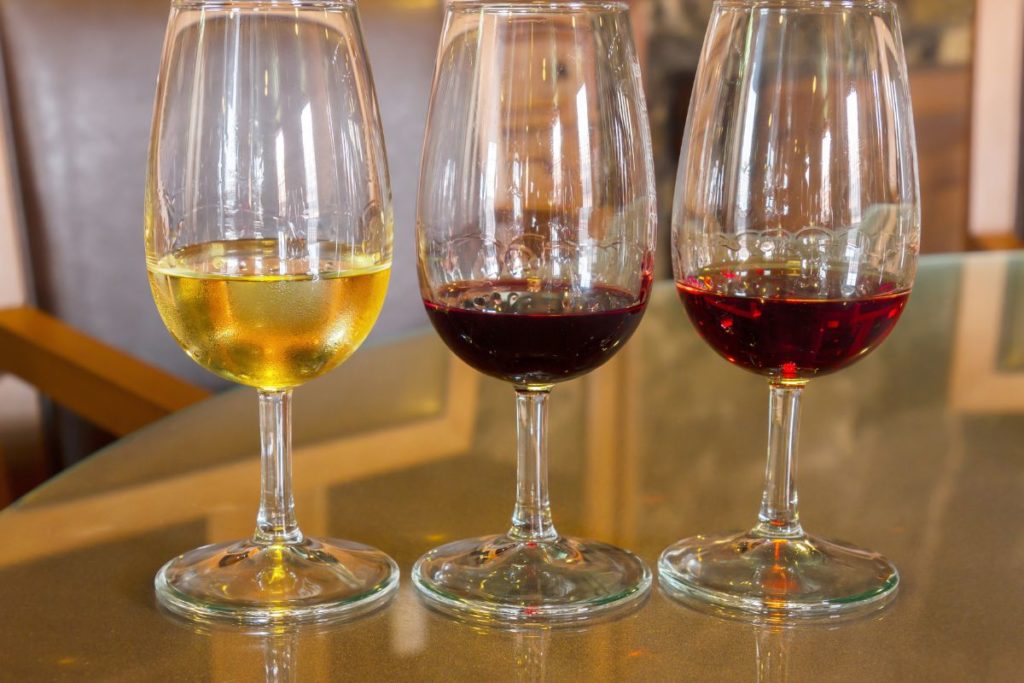
Sparkling Dessert Wine
Sparkling wine’s carbonation and high acidity create an illusion of less sweetness. Grape varieties with a stronger aroma can trick our brain into perceiving more sweetness. Despite having the same sugar content, a Demi-Sec Moscato dessert wine seems sweeter than a Demi-Sec Champagne.
Sparkling dessert wines are the perfect way to finish off a delicious meal. These dessert wines are sweet and bubbly, making them a great pairing with desserts and fruit-based dishes. They also make for a fun celebration drink, whether it be for a special occasion or simply to toast to good company.

Champagne Dessert wines
One of the most popular sparkling wines is Champagne, which is made from specific grapes grown in the Champagne region of France. Champagne producers focus mostly on dry champagne therefore you can find only a limited number of sweet champagnes as dessert wines.
Cava and Prosecco
On the other hand, Italian sparkling wine producers offer a larger number of sweet styles; sparkling sweet wine options include Prosecco from Italy and Cava from Spain. The sweetness level can vary greatly among these wines, ranging from dry to very sweet. This variety allows for versatility in pairing with various desserts.

How to serve sweet sparkling wines
When serving sparkling dessert wine, it’s important to chill the bottle beforehand and pour into fluted glasses that will showcase both the bubbles and color of the wine. These dessert wines should be enjoyed slowly, savoring each sip while taking note of its flavor profile.
Labelling of sweet wines
If you want sweet dessert wine Champagnes or other sparkling wines, check the label for these terms. The name sometimes suggests a different sweetness than you would expect.
Lightly Sweet Dessert Wine
Sweet wines with a light touch are ideal for a refreshing drink on a warm afternoon. They complement spicy dishes such as Indian or Southeast Asian cuisine. It is advisable to consume these sweet wines as close to their vintage date as possible, except for some exceptional varieties like German Riesling that can age well. These sweet wines are bursting with fruity flavors and are perfect for desserts that are fruit-based or have a vanilla influence.

Gewurztraminer
Gewurztraminer is a white wine grape variety that hails from the Alsace region of France. It is also grown in other parts of Europe, such as Germany and Austria, as well as in New World wine regions such as California and Australia. The name Gewurztraminer literally translates to “spice Traminer” which refers to its aromatic nature.
This grape variety produces sweet wines that are highly aromatic with floral notes reminiscent of rose petals, lychees, and tropical fruits. It is served as a dessert wine or appetizer. On the palate, Gewürztraminer wines have a medium body with a slight sweetness, high acidity and an aroma of dried fruits. This makes them ideal for pairing a sweet wine with spicy foods or dishes with bold flavors.
Riesling
One popular lightly sweet dessert wine is Riesling. This German varietal is known for its delicate floral aromas, bright acidity, and slight sweetness. It pairs particularly well with fruit-based desserts like apple pie or peach cobbler. This varietal is available as very dry to very sweet wines. Riesling grapes are used for noble rot wine in colder regions where they yield ice wine after extended frost periods.

Moscato d’Asti
Another option for sweet wine is Moscato d’Asti, a sparkling Italian wine made from the muscat grape. Its low alcohol content and soft bubbles make it a great choice among sweet wines for brunches or afternoon gatherings with friends.
Chenin Blanc
It is widely planted in France’s Loire Valley, where it originated, and South Africa, where it has become the country’s signature grape. Chenin Blanc’s versatility and ability to produce wines with varying levels of sweetness make it a popular choice for winemakers. Sometimes dry wines taste bitter.
In France’s Loire Valley, Chenin Blanc grapes are used to produce a range of wines from dry wine to sweet dessert wine. The most famous appellations for Chenin Blanc in the region are Savennières and Vouvray. In Savennières, the wine produced from Chenin Blanc grapes is known for its intense minerality and age-worthiness. In Vouvray, the wine can be made into still or sparkling versions, with styles ranging from dry to sweet.
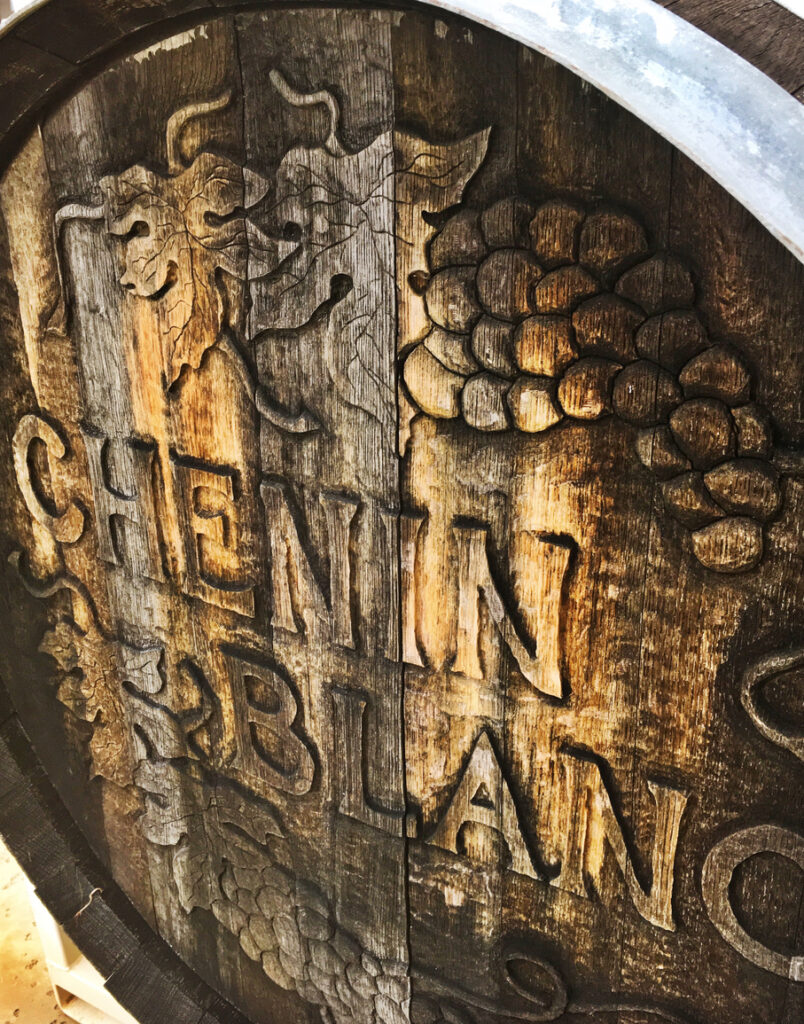
Viognier
Viognier is a white wine grape variety that originated in the Rhône Valley of France. It produces full-bodied wines with aromas and flavors of citrus, peach, apricot, and honeysuckle. The wine has low acidity levels compared to other white wines like Sauvignon Blanc or Chardonnay. The fruity aroma and character make it appear to be sweet despite being a dry wine.
In recent years, Viognier has gained popularity outside of France and can be found in regions such as California, Australia, and South America.
Richly Sweet Wine
Richly Sweet dessert wines are the perfect way to indulge in a decadent after-dinner treat. These wines are known for their luscious sweetness and complex flavors that make them the perfect pairing for rich nutty desserts or even savory dishes.
Gewurztraminer
This is one such wine that is made from the aromatic grapes of the same name. Its unique floral aroma, combined with its full body, makes it an excellent choice for those who prefer a sweeter wine.
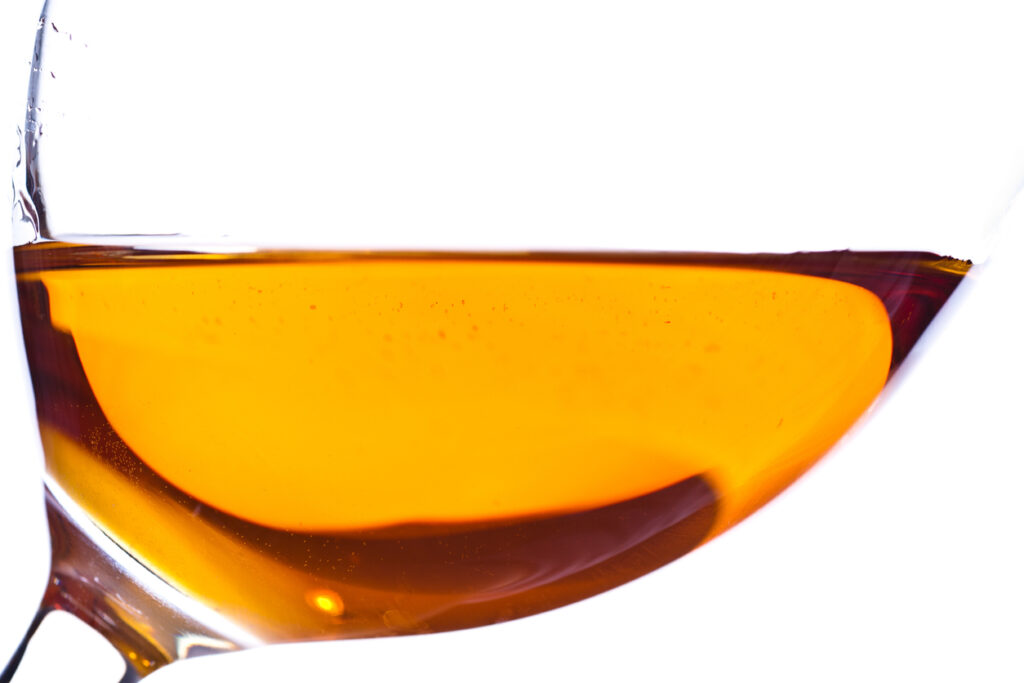
Sauternes
Sauternes, another popular sweet wine, hails from the Bordeaux region of France. Made from Semillon, Sauvignon Blanc, and Muscadelle grapes that have been affected by Botrytis cinerea (noble rot), this wine boasts a beautiful golden color with notes of honey and apricot on both the nose and palate.
Unlike ice wine these grapes with a high residual sugar content do not experience temperatures below zero degree.
Constantia White Wine
Constantia is a renowned wine region in South Africa that produces some of the world’s most exceptional white wines. Among these, Constantia white wine stands out as a prime example of how sweetness can be used to elevate the flavors and aromas of a dessert wine.
One of the reasons why Constantia white wine is so popular is its unique balance between sweetness and acidity. The grapes used to make this wine are carefully selected and harvested at just the right time to ensure optimal ripeness. This results in a dessert wine with a sweet, fruity taste that is tempered by zesty citrus notes, making it an ideal accompaniment to spicy or savory dishes.

Straw Wines or Passito Wines
Passito white wines are a type of straw wine that is made by drying grapes before they are harvested. This process concentrates the sugar and flavor in the grapes, creating a rich and complex wine. Passito white wines are usually made from aromatic grape varieties like Muscat or Gewurztraminer, which add floral, spicy notes and an aroma of dried fruits to the wine.
The drying process for Passito white wines can take several weeks or even months, during which time the grapes lose up to 50% of their weight. Once dried, the grapes are pressed and fermented into wine. The resulting Passito white wine is usually rich amber in color with aromas of honey, apricot, and dried fruit.
In contrast to ice wine this wine is not affected by noble rot or frost. The natural grape sugars are concentrated by natural drying on straw.
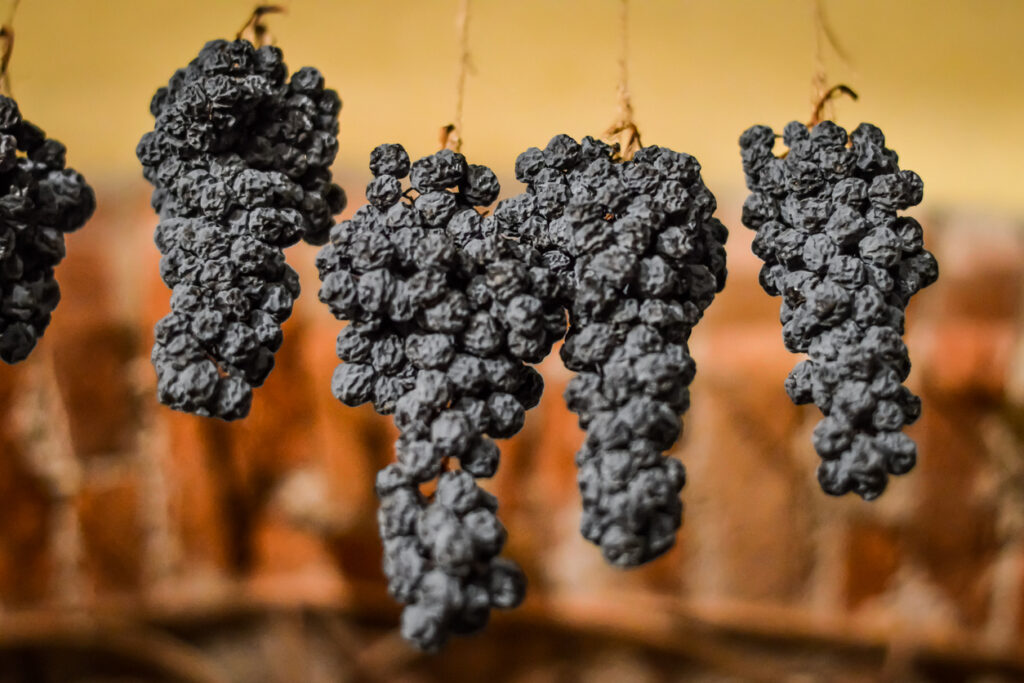
Passito white wines are excellent with desserts like fruit tarts or cheesecake, as well as strong cheeses like Roquefort or aged Parmesan.
Sweet Red Wine
The commercial importance of sweet red wines is declining in the past years. This may be due to the complexity of this wine category. These wines are characterized by their fruity flavors, low tannins, and high sugar content. They wines are made perfect for those who enjoy a sweeter taste but still want to experience the rich flavor profile of red wines.
One of the most popular sweet red wines is the Italian Lambrusco, rich wine made from grapes grown in the Emilia-Romagna region. This wine has a light effervescence and is best served chilled.

Sweet red wines pair well with various cuisines including spicy dishes like Indian curries or Thai stir-fry. They also work well with desserts such as a chocolate cake or fruit-based treats.
Lambrusco
Sweet Lambrusco is consumed particularly in Italy. This delicious wine has a sweet flavor that makes it an ideal choice for pairing with desserts and other sweet dishes. The sweetness of this wine can vary depending on its level of fermentation and residual sugar.
One of the most notable characteristics of Sweet Lambrusco wine is its fruity flavor profile, which ranges from juicy blackberries to ripe cherries. These flavors are enhanced by the natural effervescence present in the bottle, making this wine a refreshing option for hot summer days or as an after-dinner drink. It’s also worth noting that this delightful beverage should be served chilled to bring out its full range of flavors and aromas.

Brachetto d’Acqui
This red wine is made from the Brachetto grape variety grown in the Acqui region of Piedmont, Italy. This wine is known for its sweet and fruity taste, which makes it an ideal dessert wine. In recent years, Brachetto d’Acqui has gained popularity among wine lovers around the world.
The Brachetto grape has been cultivated in Piedmont since ancient times. The grape clusters are small and compact with a deep ruby color and a pleasant aroma of roses, strawberries, and raspberries. The grapes are harvested at full maturity to ensure maximum sweetness and flavor.
The production process for Brachetto d’Acqui involves fermenting the must (grape juice) for a short time to retain the natural sugars before stopping fermentation with cold temperatures. This method creates a low-alcohol wine that’s slightly fizzy with bright fruit flavors.
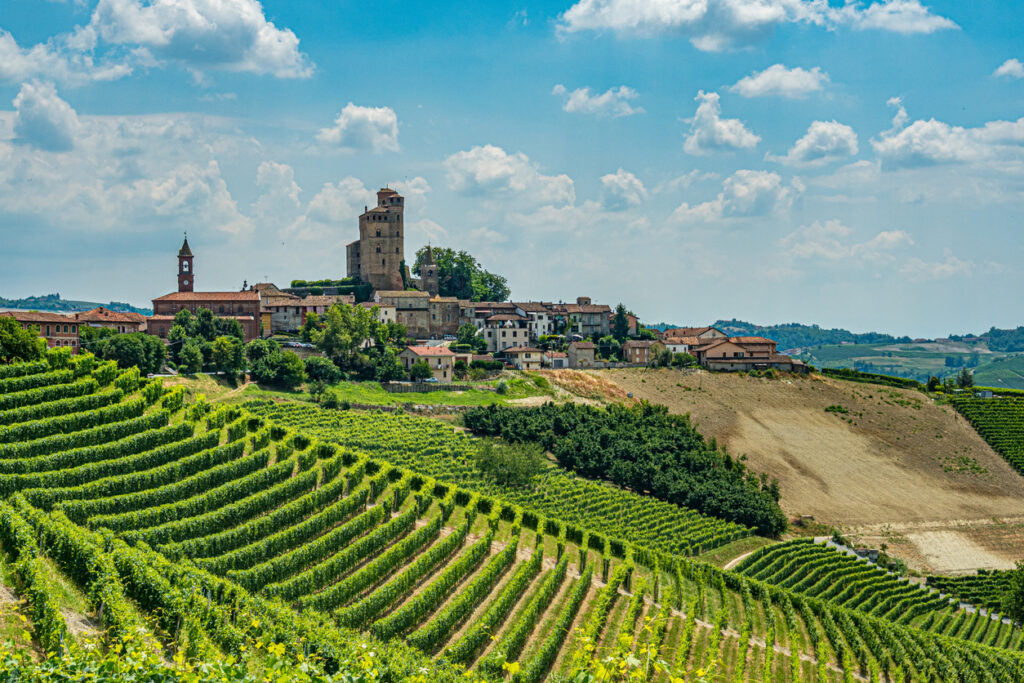
Recioto della Valpolicella Wine
Recioto della Valpolicella is a luxurious Italian wine that has been enjoyed for centuries. Made from the Valpolicella grape, this wine is known for its intense sweetness and rich flavor profile. The winemaking process involves allowing the grapes to dry on straw mats in order to concentrate their sugars before pressing and fermenting them.
The resulting wine is deep ruby red in color with aromas of ripe fruit, raisins, and dark chocolate cake throughout. On the palate, Recioto della Valpolicella is lush and full-bodied with flavors of dark cherry, blackberry jam, and vanilla. It has a long finish with hints of cinnamon spice and tobacco.
This wine is typically served as a dessert wine or paired with strong cheeses such as gorgonzola or even foie gras.

Sweet Late Harvest Zinfandel and Mourvedre
These late harvest wines are known for their unique flavor profile that is both sweet and savory, with notes of ripe fruit, spices, and herbs. The late harvest process used to create these wines involves leaving the grapes on the vine longer than usual, allowing them to develop a higher sugar content which results in a sweeter taste.
Zinfandel is a red wine that originated in California. It is known for its deep color and fruity flavor profile. When harvested later in the season, Zinfandel grapes can produce a rich and complex wine with notes of blackberry, cherry, spice, and vanilla. This makes it an excellent pairing for hearty dishes such as grilled meats or pasta with tomato sauce.
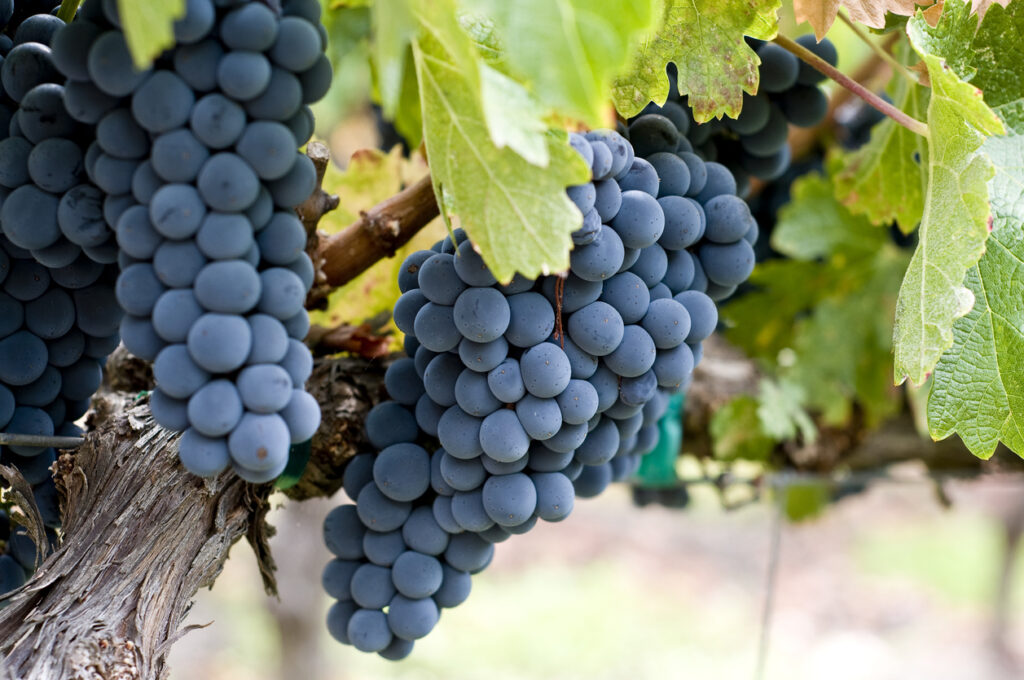
Fortified Wine
Sweet fortified wines are an indulgent treat for those who appreciate the complexity and depth of flavor that comes from a well-crafted wine. These wines, which have been infused with additional alcohol during the fermentation process, typically contain higher sugar content than their non-fortified counterparts. This gives them a distinct sweetness that is balanced by the added in alcohol content, creating a rich and complex taste experience such as sweet dessert sherries.
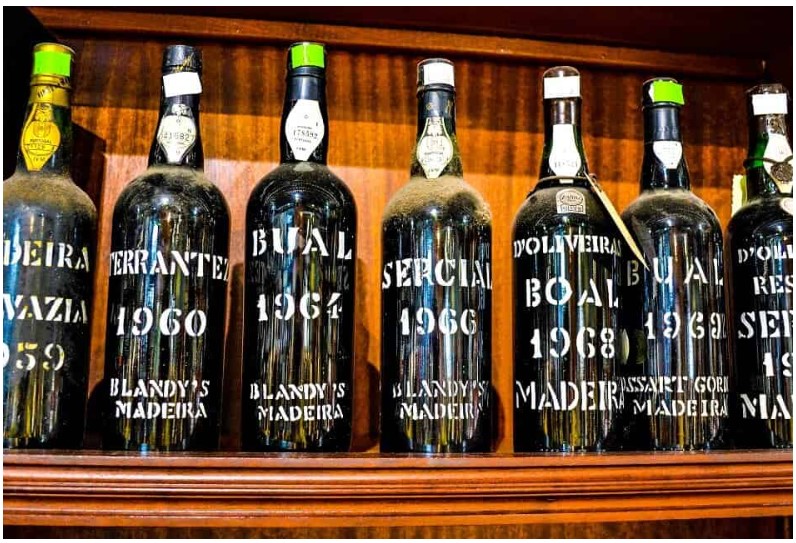
One of the most well-known sweet fortified wines is port. Originating in Portugal’s Douro Valley, port has been enjoyed for centuries as an after-dinner drink or dessert wine. It is typically made from a blend of grape varieties such as Touriga Nacional or Tinta Roriz and aged in oak barrels to develop its signature nutty flavor. Other popular fortified wines include sherry, Madeira, and vermouth, each with their own unique character and flavor profile.

